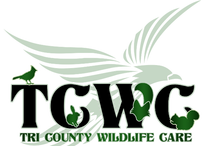|
Click the image to see more inspiration!
0 Comments
Click the banner to learn more!
Ah, American Cliff Swallows! A sign of Spring for many! Some also consider them a nuisance when they are great birds and their nests are temporary since they're just passing through. However, did you know Swallows are protected under the Migratory Bird Treaty Act in the state of California?! They are! Which makes their nest illegal to knock down or even touch during the nesting season which is February 15th to September 1st without a permit from the Fish and Game Dept. The Fish and Game Dept. will only issue a permit under extreme circumstances such as health or safety hazards, and the entire process is strictly monitored.
••Knocking down a Swallows nest could cost you, THE FINE IS $15,000 OR UP TO 6 MONTHS IN JAIL!•• If you know of someone who has, is, or planning to destroy a Swallows nest, please do not hesitate to call Tri County Wildlife Care ASAP @ 209-283-EAGL(3245). **They're great birds!
It's baby squirrel time! A young male and female were turned in to us today. The male is very active & seems healthy (1st picture). Unfortunately, the female is in critical condition with severe malnutrition and very low glucose. She is now on a special diet to hopefully get her back on track. Time will tell.
TCWC’s grand opening last Saturday was GRAND!
Around 60 people toured our new Animal Services center at 80 Ridge Road, Suite B and all looked pleased with the new song bird nursery and the total facility. Wonderful volunteers from the local Faith Lutheran Church, in their joyful yellow shirts, helped us, in our TCWC logo shirts, greet visitors, hand out literature, sign up new potential volunteers and explain what Tri County Wildlife Care is all about. Thank you to all of them! If you weren’t able to drop by, please do come see us when you can. We are not always there so call 283-3245 first so we don’t miss you. TCWC is ready for intake season and to continue helping wildlife in distress and you with your specific wildlife situation.
Whether you go with domestic pets or the wild critters, mark your calendars for these events: Click to learn more!
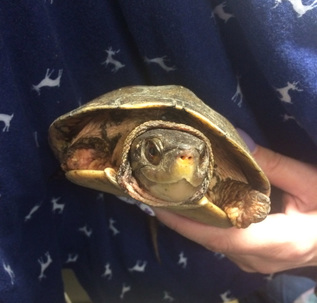
Western Pond Turtles are common in our area even though they are listed under the endangered category as vulnerable. This turtle is found only along the Western coast of the United States and Mexico.
Tri County Wildlife Care gets these turtles in during the early Spring when they are on the move as waters warm. TCWC is happy to see that kind people stop to get them across the road and take them in for care when they are injured. These water turtles can spend as many as 200 consecutive days out of water as ponds and creeks dry up and they often overwinter on dry land. Food sources include insects, crayfish, invertebrates and water plants. Tri County Wildlife Care also receives Box Turtles and Red Eared Slider Turtles. These are domestic turtles that should never be released into the wild because they compete for resources with our native turtles and introduce disease for which the pond turtle has no resistance. TCWC places these turtles into pet homes. The greatest threats to the Western Pond turtles are loss of habitat and predation of hatchlings. These turtles have disappeared in many coastal areas and in some areas only adults are found because hatchlings are not surviving. Western Pond Turtle females will sometimes travel long distances, as much as 1/2 mile, from a water source, to lay their eggs. Turtles grow slowly in the wild and Western Pond Turtles can survive as long as 50 years. The pictured turtle was taken in when the person finding him discovered that he was missing his front feet. This is a male turtle as shown by his yellow neck. Upon examination it was clear that this turtle had healed and was heavy and healthy despite his old injury. Tri County Wildlife Care volunteers were happy to take this turtle back out to release him into the closest body of water and watch him swim away. For more information about Tri County Wildlife Care, visit www.pawspartners.org.
CONGRATULATIONS to our friend Frank R. Perez for winning 2nd place in the Central Sierra Environmental Resource Center Wildlife Photo Contest for this photo, "Hungry Meadowlark". This one was selected from over 400 photos!
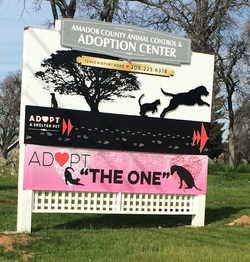 A SIGN FOR THE ANIMALS by the Shelter Partners In January of 2014, the Shelter Partners Committee was formed with the goals of increasing the numbers of animals adopted or rescued with greater creativity and the reduction of the shelter animal intake numbers. Following the lead of Best Friends Animal Society we wanted to pattern our efforts after a retail business. One of the first principles of retail business is location, location, location. Our Amador County Animal Control and Adoption Center is beautiful, but tucked away, so we began plans to have an awesome new shelter sign. This is where talented graphic designer, dog walker, and Shelter Partners Committee Member, Sabeth Ireland and sign maker, Eric Peterson come together to create a sign on the corner of Airport Road and Hwy. 49. This is a sign funded by shelter volunteers and designed to bring residents to our shelter to adopt. This committee also recognized that retailers have sales and special offers to bring customers into their doors. Each month a new banner, made by Brandon Waits, will announce a theme, offer or service intended to bring attention to the great animals up for adoption, the A-PAL programs available to residents and special prices during high shelter population periods. This new sign will bring attention to ongoing programs such as seniors for seniors. This program enables seniors, 65+ years, to adopt senior pets, 5+ years, at half price. In the summer, when the shelter and the Feed Barn are full of cats and kittens, this sign will announce our " $9 for 9 Lives " cat adoption special. Shelter Partners achieved an 87% adoption and rescue rate of animals entering our shelter in 2015. The number of animals entering our shelter was also reduced by 5%. In 2016 Shelter Partners is working hard to do more to help even more animals. Each month the committee also publishes an online newsletter to provide details of programs, stories of animal adoptions and items of concern to residents. Go to http://www.pawspartners.org/newsletters.html to view and sign up to receive these newsletters. 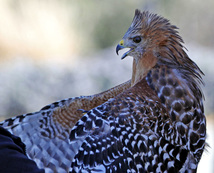
The Red Shouldered Hawk is a common medium sized hawk in our area, but there is nothing common about their beauty and coloring. These birds are found on the East Coast and on the California Coast and down into
Mexico and readily recognized with their rust colored shoulders and breast with white barring and highly contrasting black and white striped wings and tail. We are always in awe of these birds as they come in and grateful for Avian Veterinarian, Dr. Jeanne Smith who will wrap wings and perform surgeries all for the love of these amazing raptors. Pat keeps them in her care as they recover and there is a delicate balance between restricting their movement while they recover and allowing them movement at just the right time. These birds have a delicate wing web that can become frozen if restricted from movement for too long. A bird kept in a wrap too long will be unable to spread its wing or ever fly again. The diet of these birds is typically rodents, frogs and snakes which they sight from a perch above and swoop down to catch. They are often heard crying KEE RAH before they are seen and although they are found most often in woodlands, they can also be found in suburban areas which is where these birds were found on the ground. Pat got these two Red Shouldered Hawks in at the same time with opposite broken wings. These were wrapped with the supervision and care of Dr. Smith and the healing process began. Both birds progressed quickly which is typical and necessary for their survival. Soon these birds were ready for the large flight cage which stretches 60' long, 20' high and 20' wide. Together they flew well and were able to hunt rodents and showed they were ready once again for freedom. These birds were caught up, placed in crates and taken to the release site. When pulled out, these Red Shouldered Hawks showed their stress by raising the feathers on their heads. These birds have a crest that they can raise and lower. Both birds quickly took to the air and off to freedom. The payday for Tri County Wildlife Care volunteers is our release day and we are happy to share this with you in photographs taken by Wally Gallagher.
|
Archives
April 2024
Welcome!PawsPartners.org is an alliance formed between A-PAL Humane Society of Amador County and Tri County Wildlife Care, the latter serving native wildlife in Amador, Calaveras, and Eastern San Joaquin Counties. Since inception we have added the Shelter Partners volunteer group, who support our local Animal Control organization, and Amador County Animal Response Team (ACART). Categories
All
|
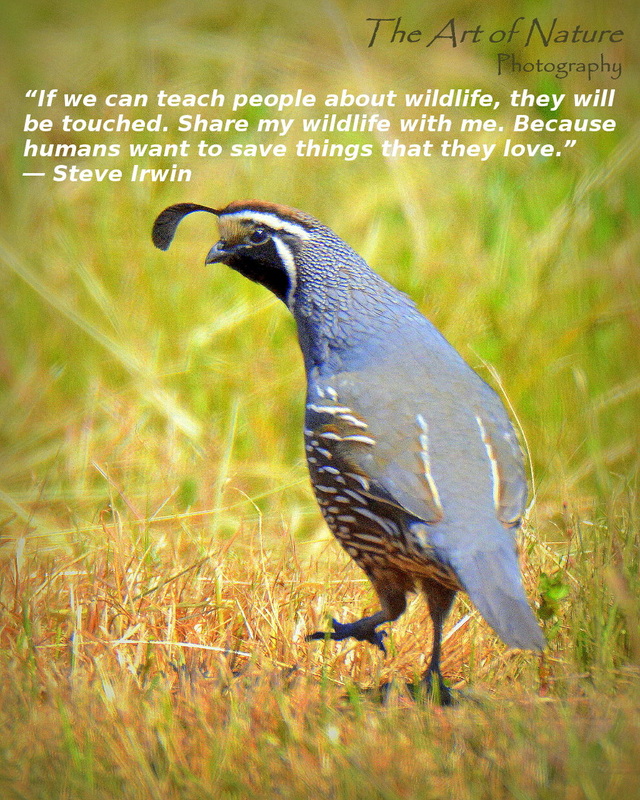
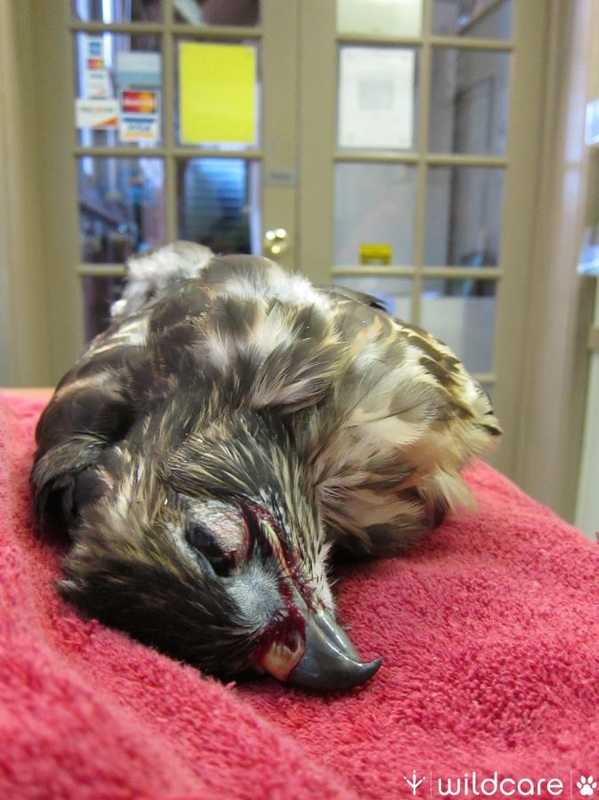

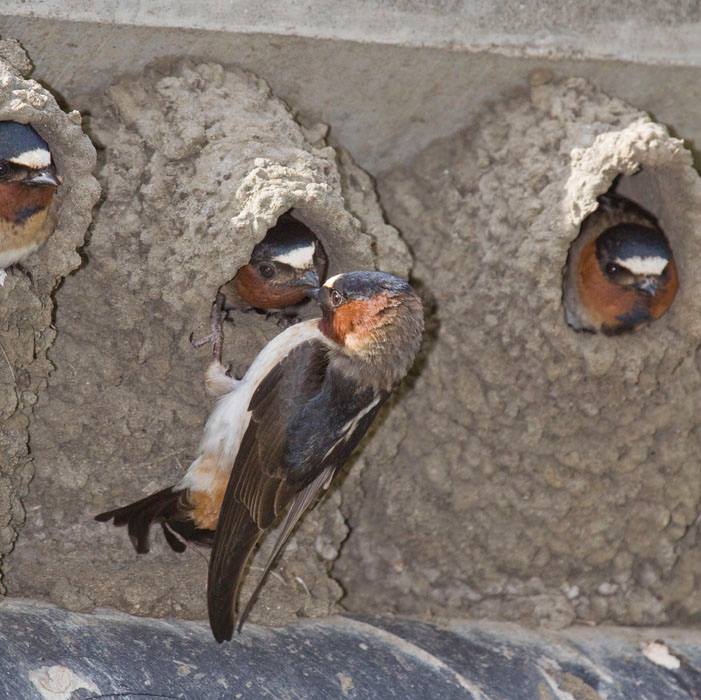
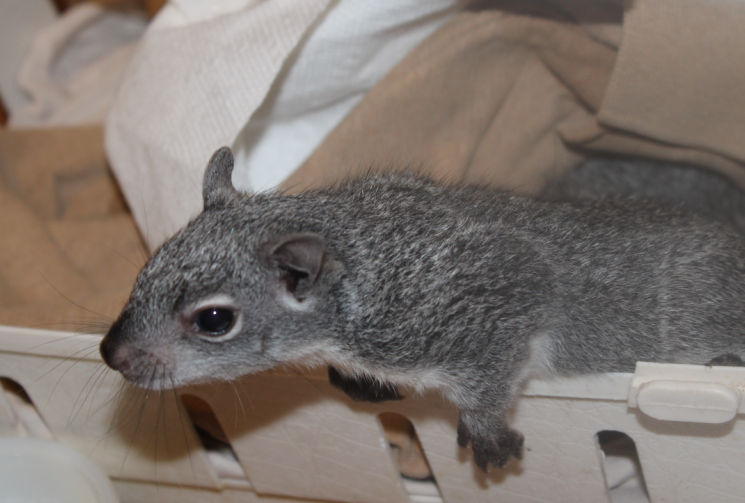
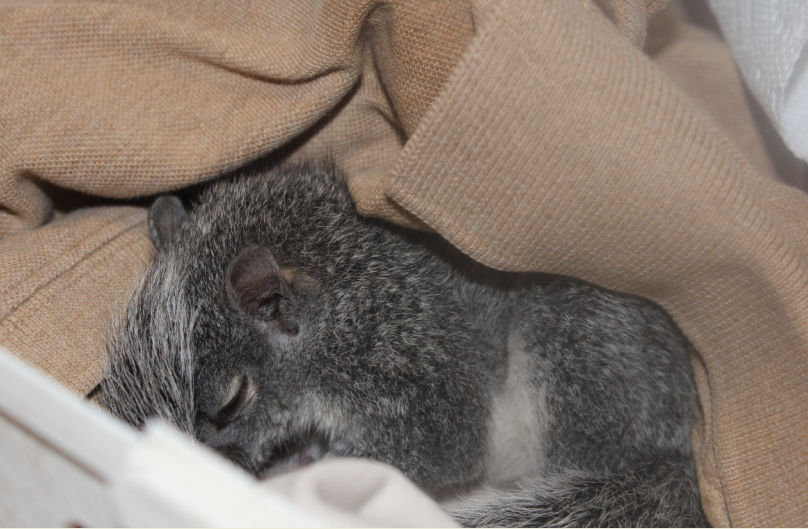
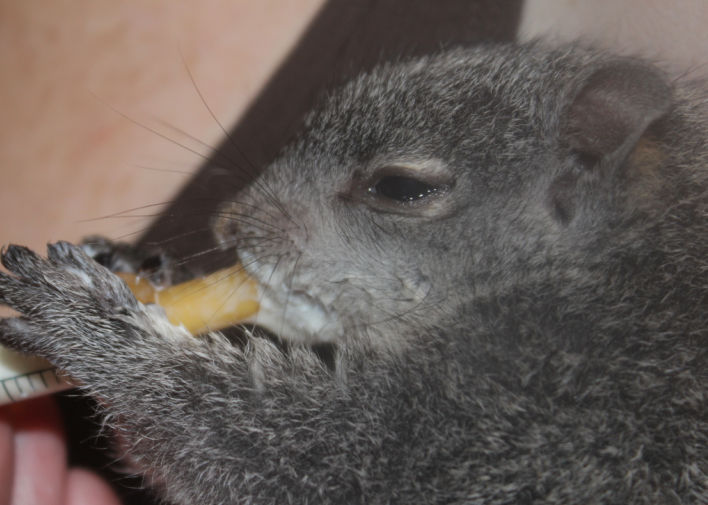

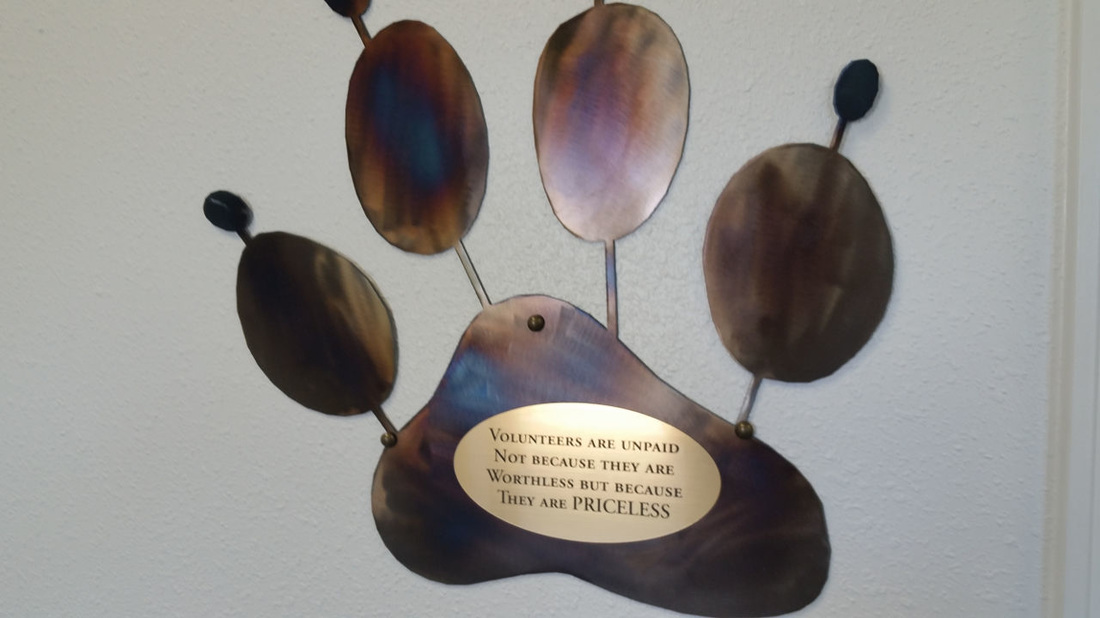
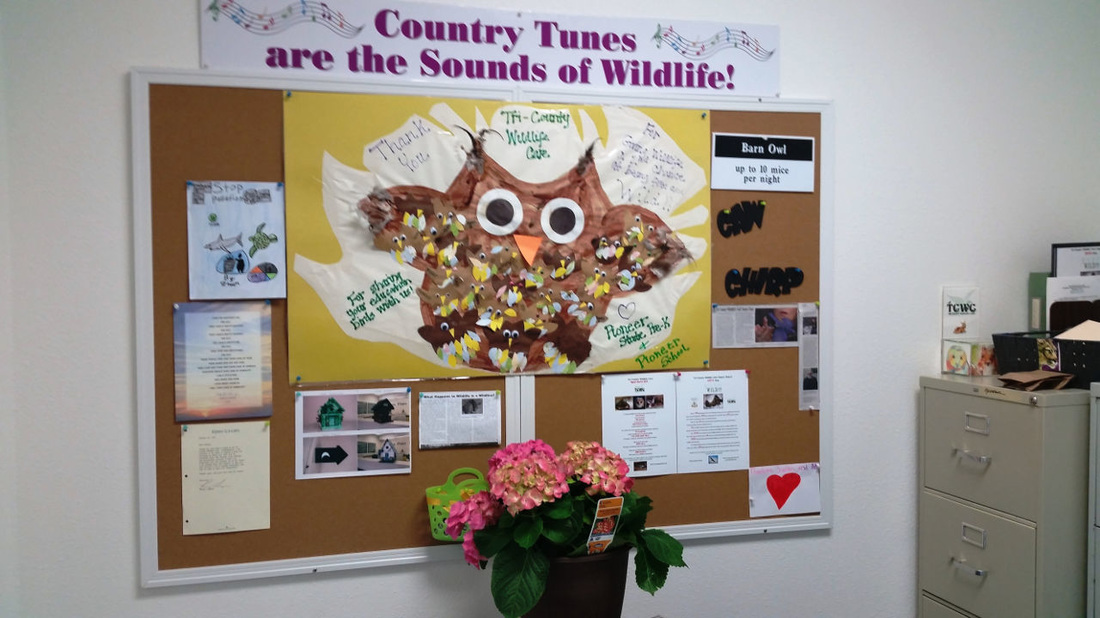
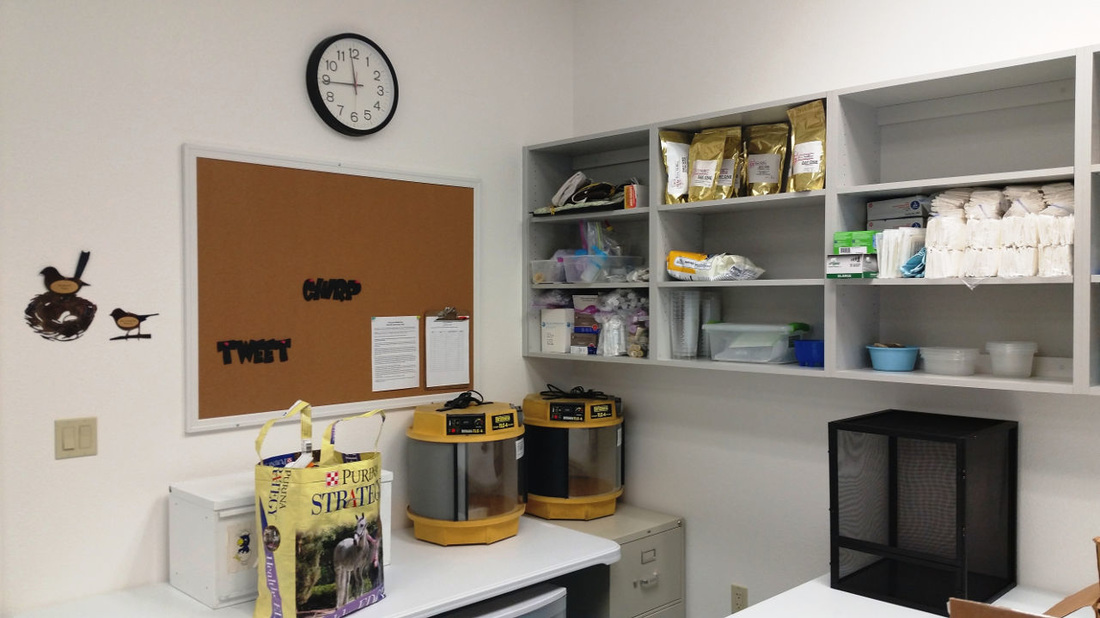
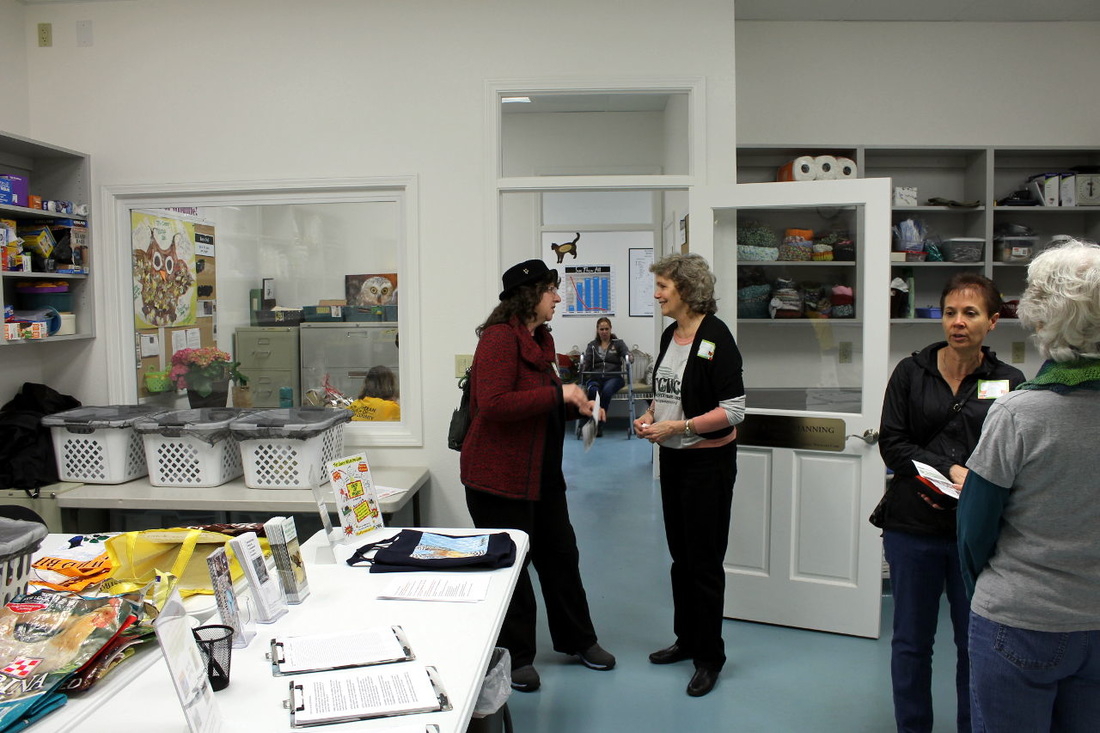
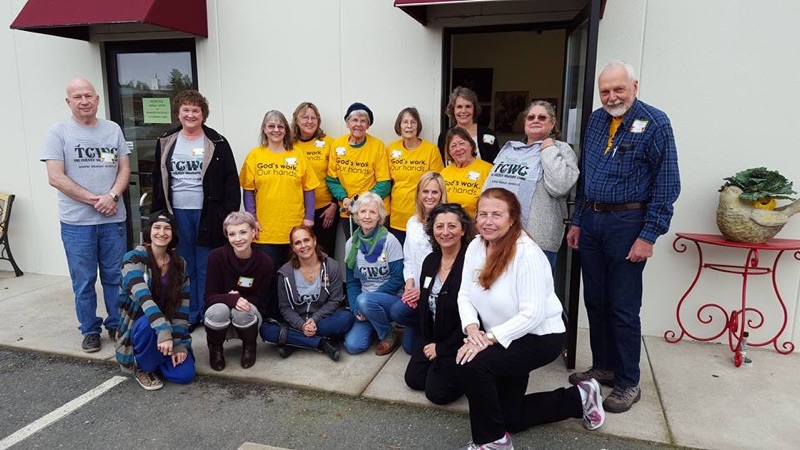
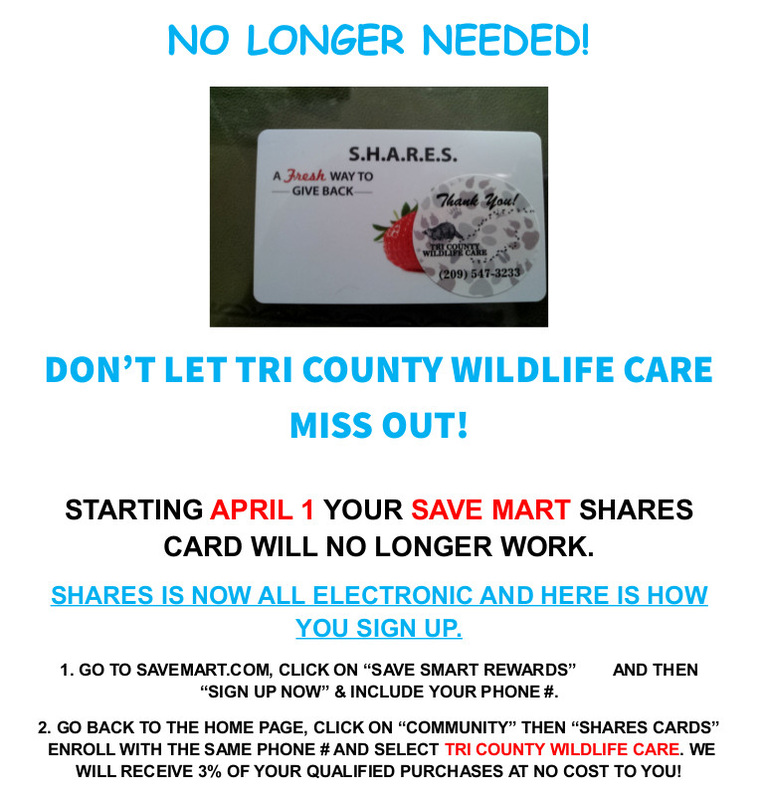
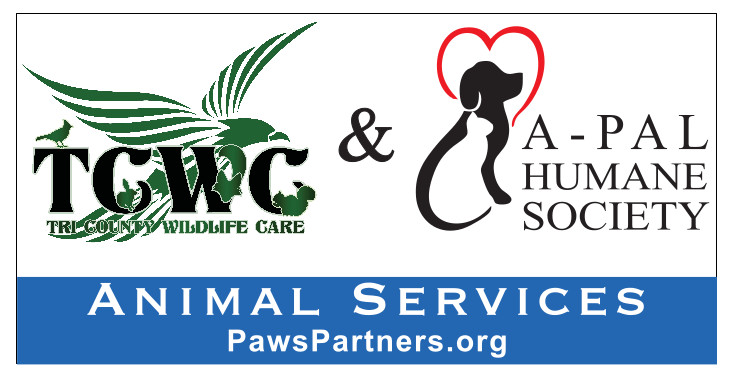
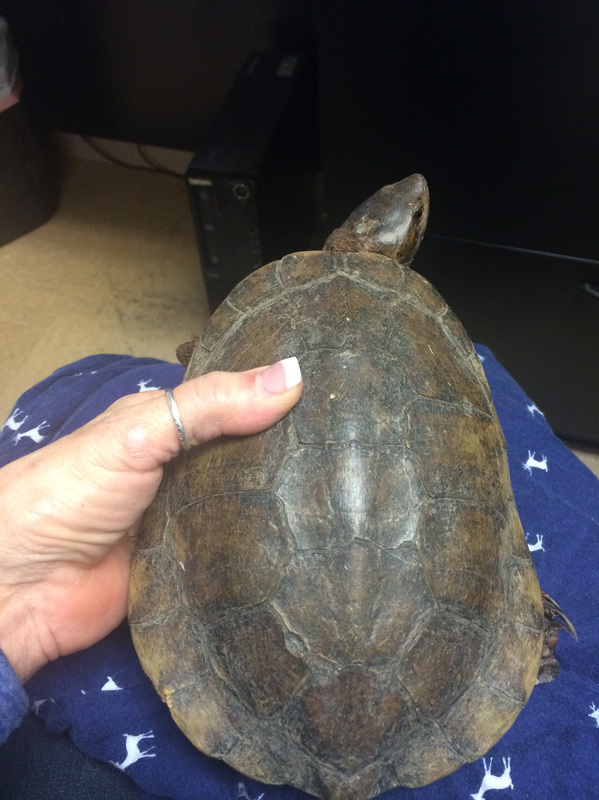
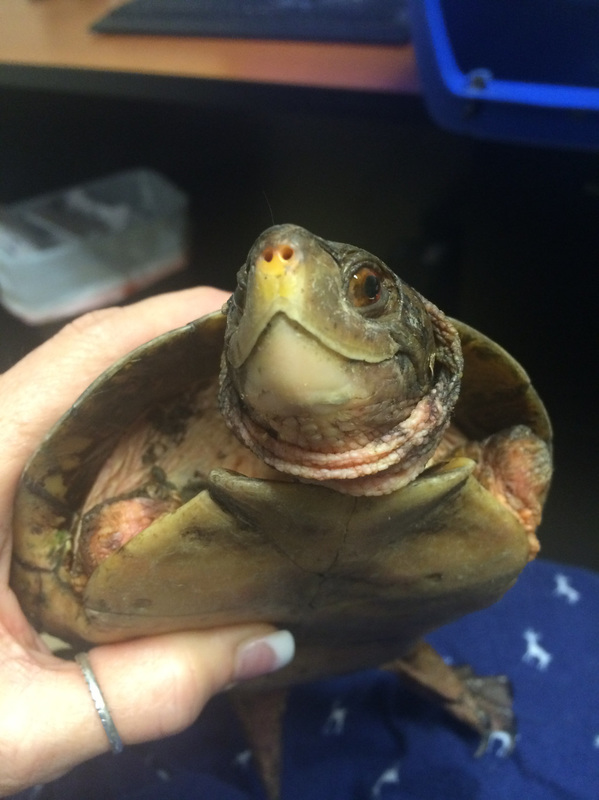
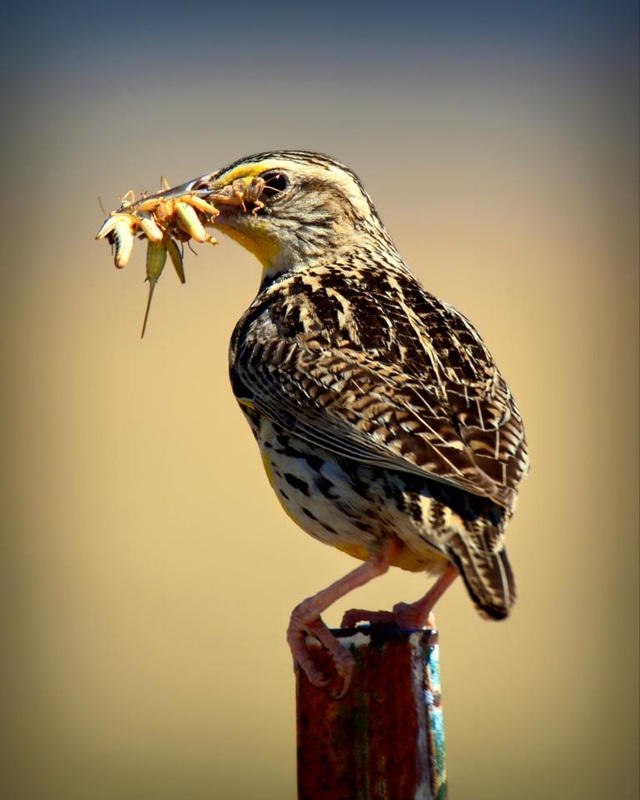
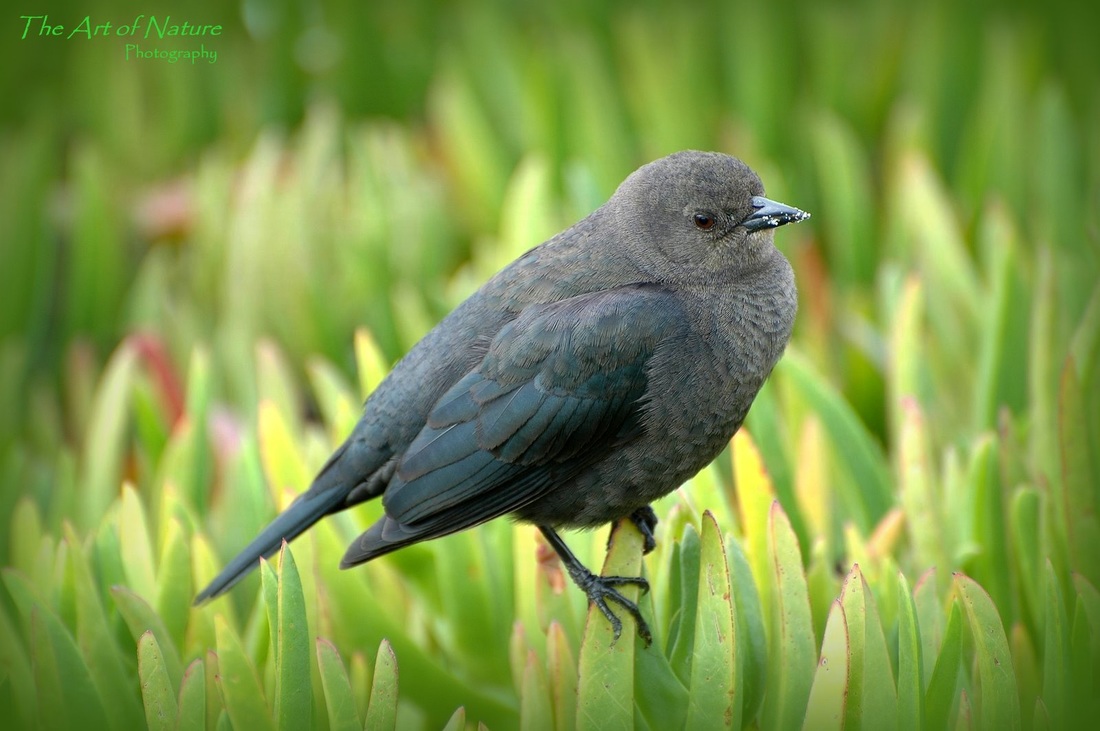
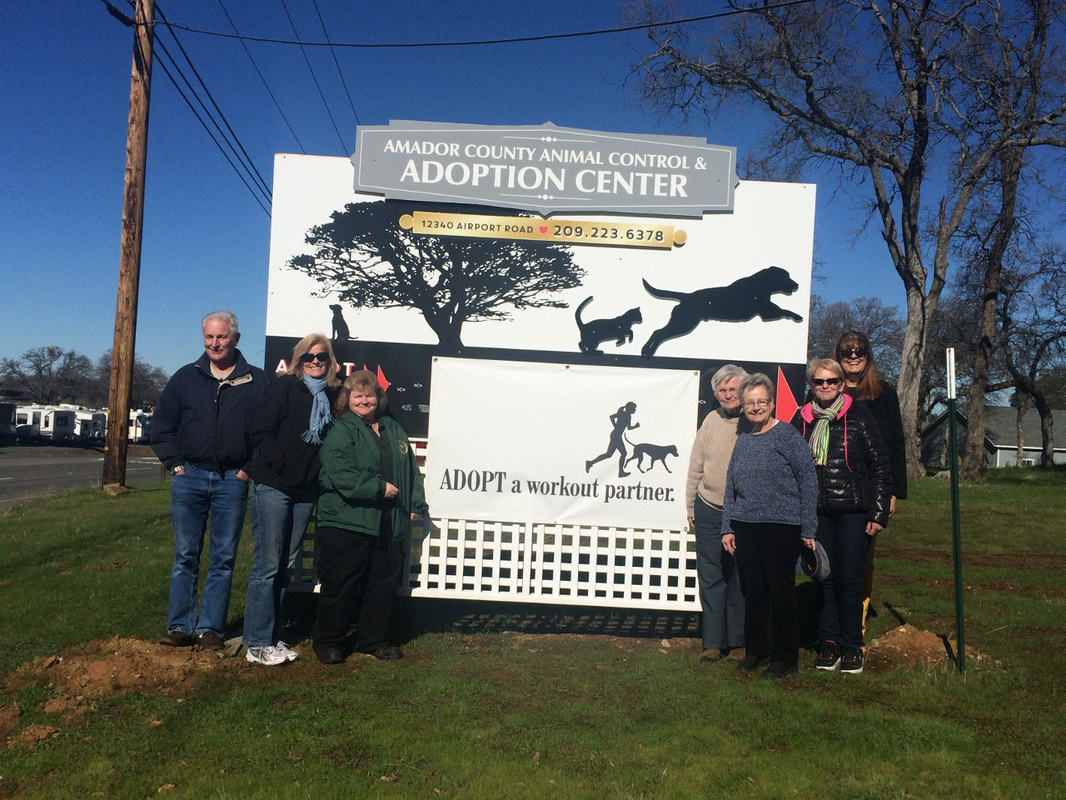
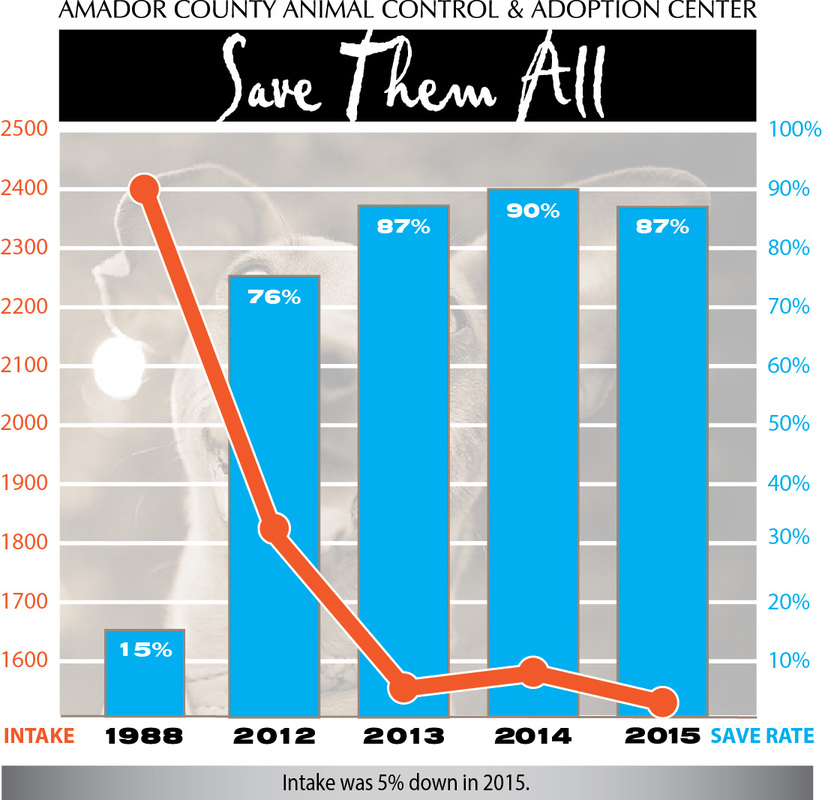
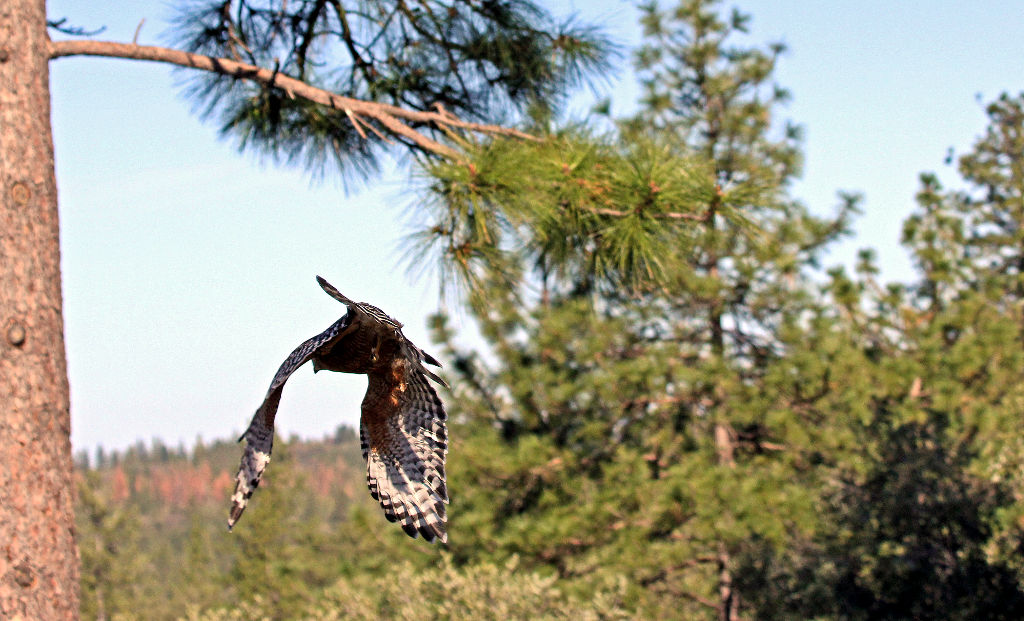
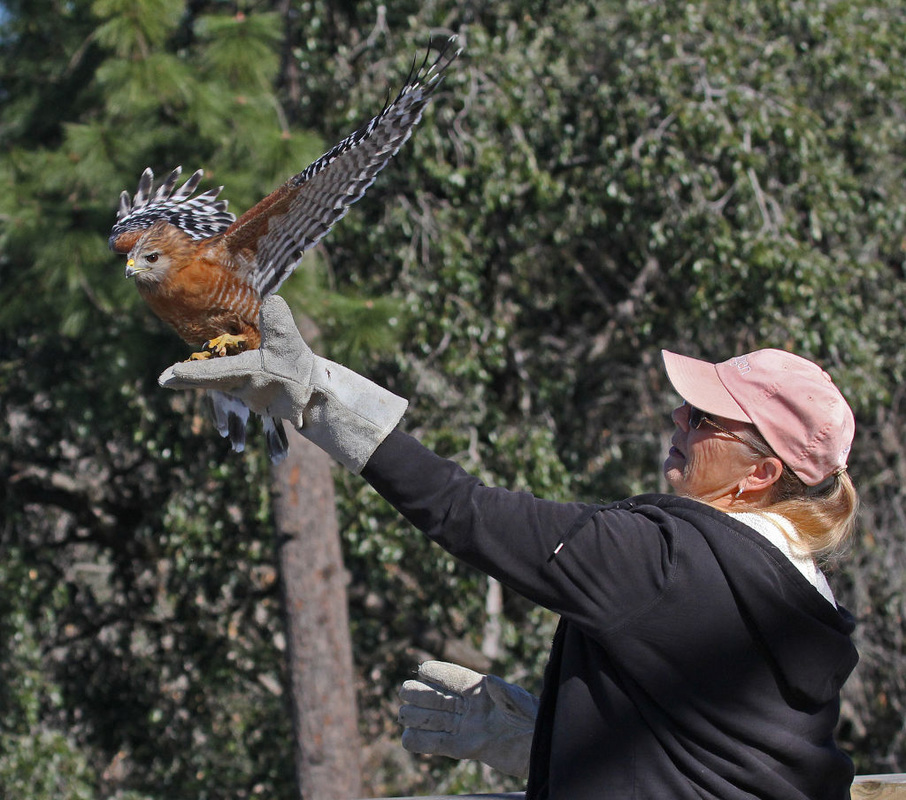
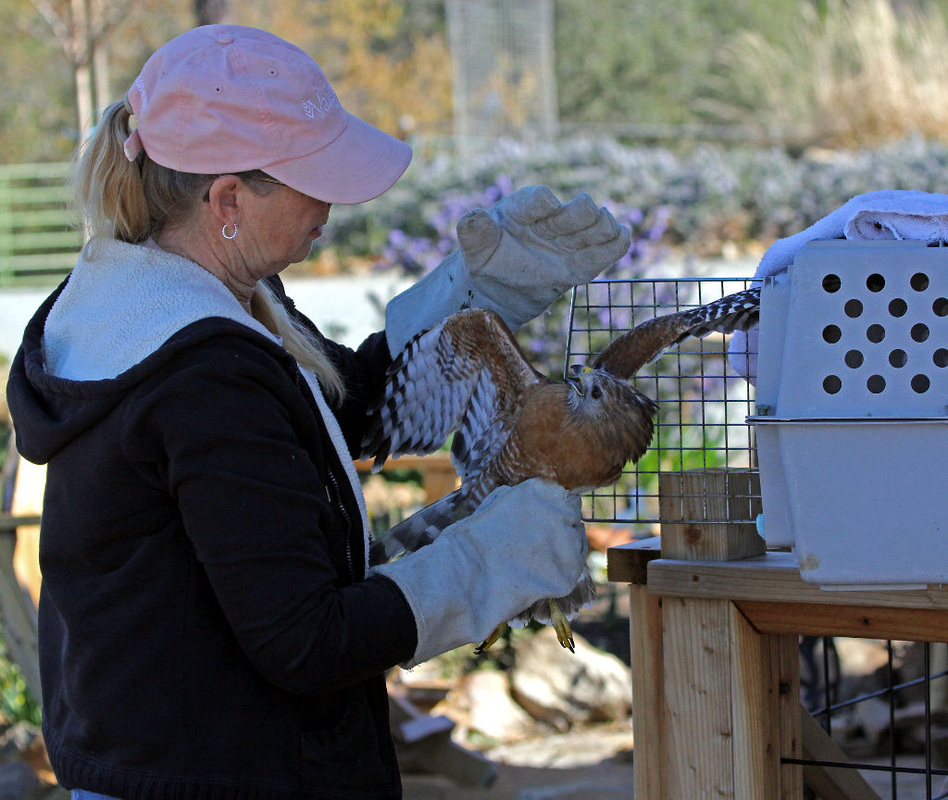

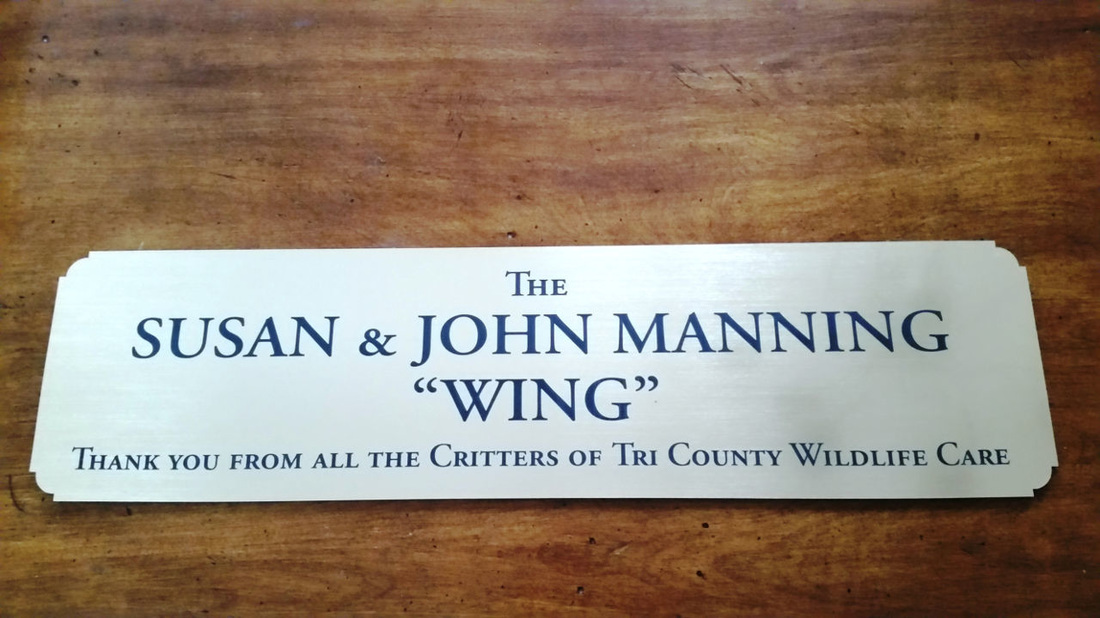
 RSS Feed
RSS Feed

